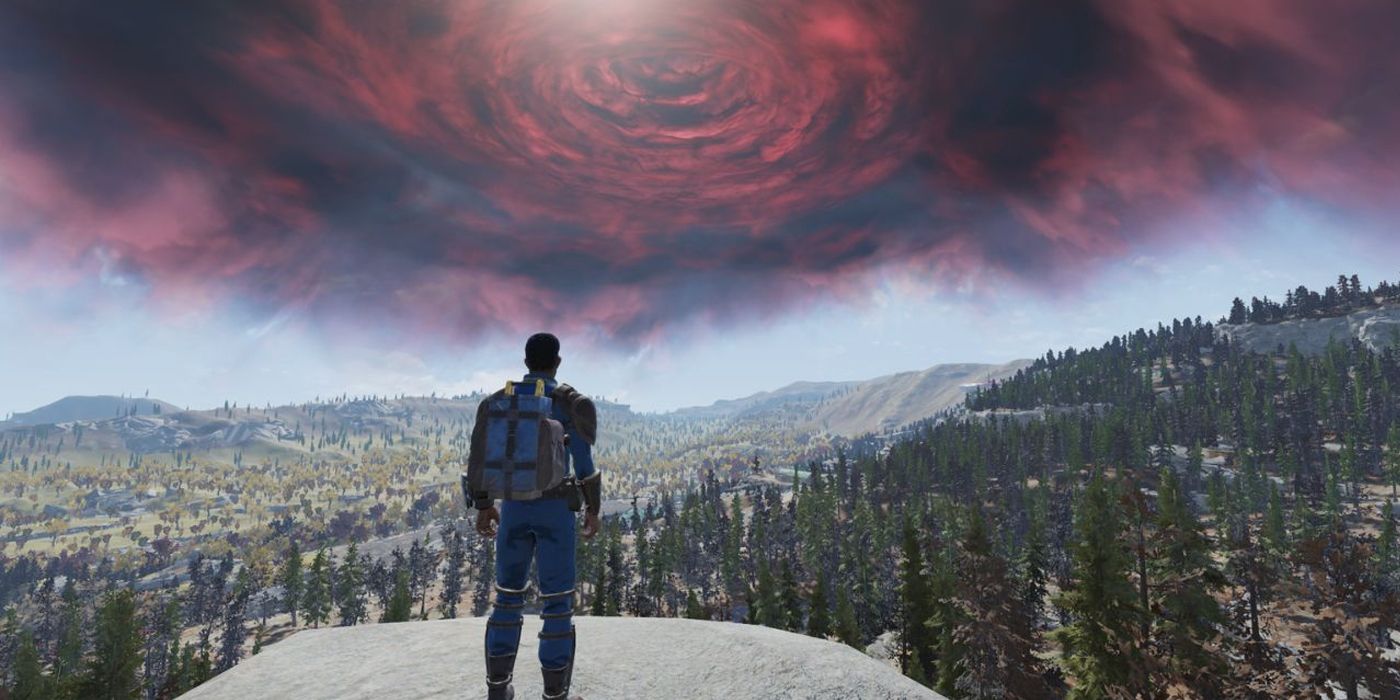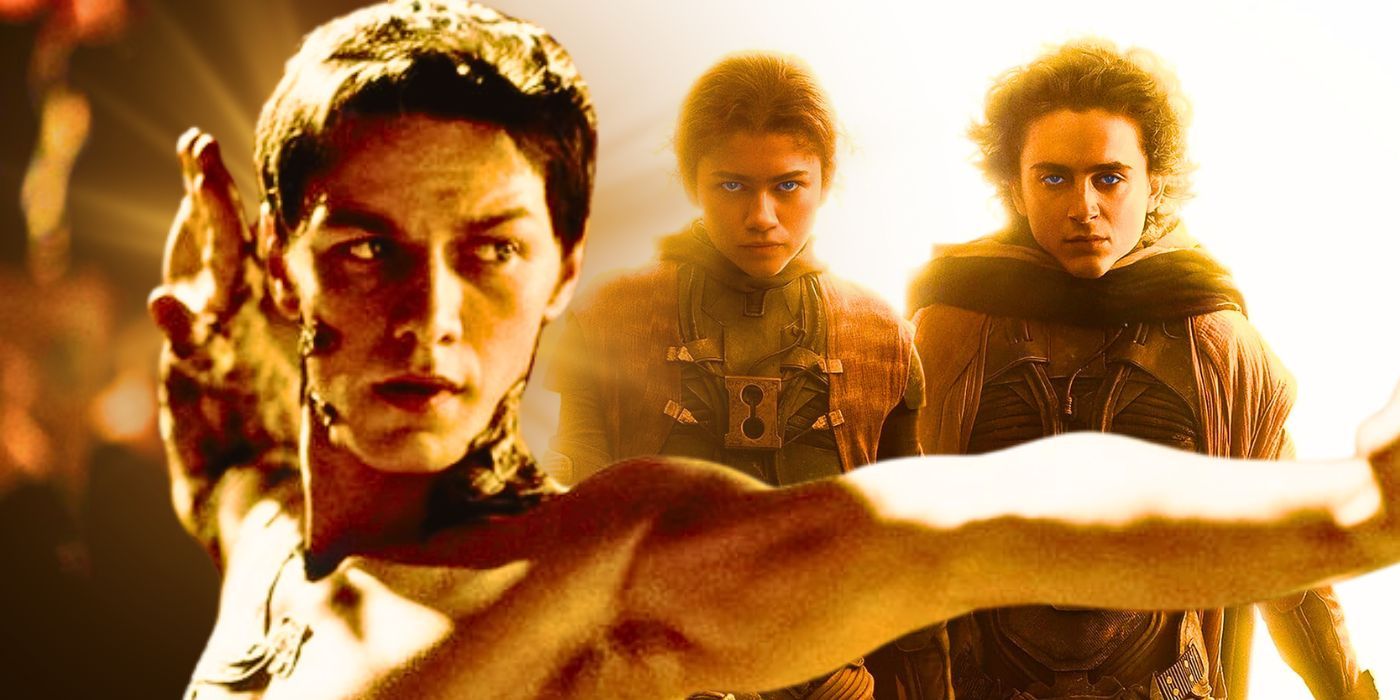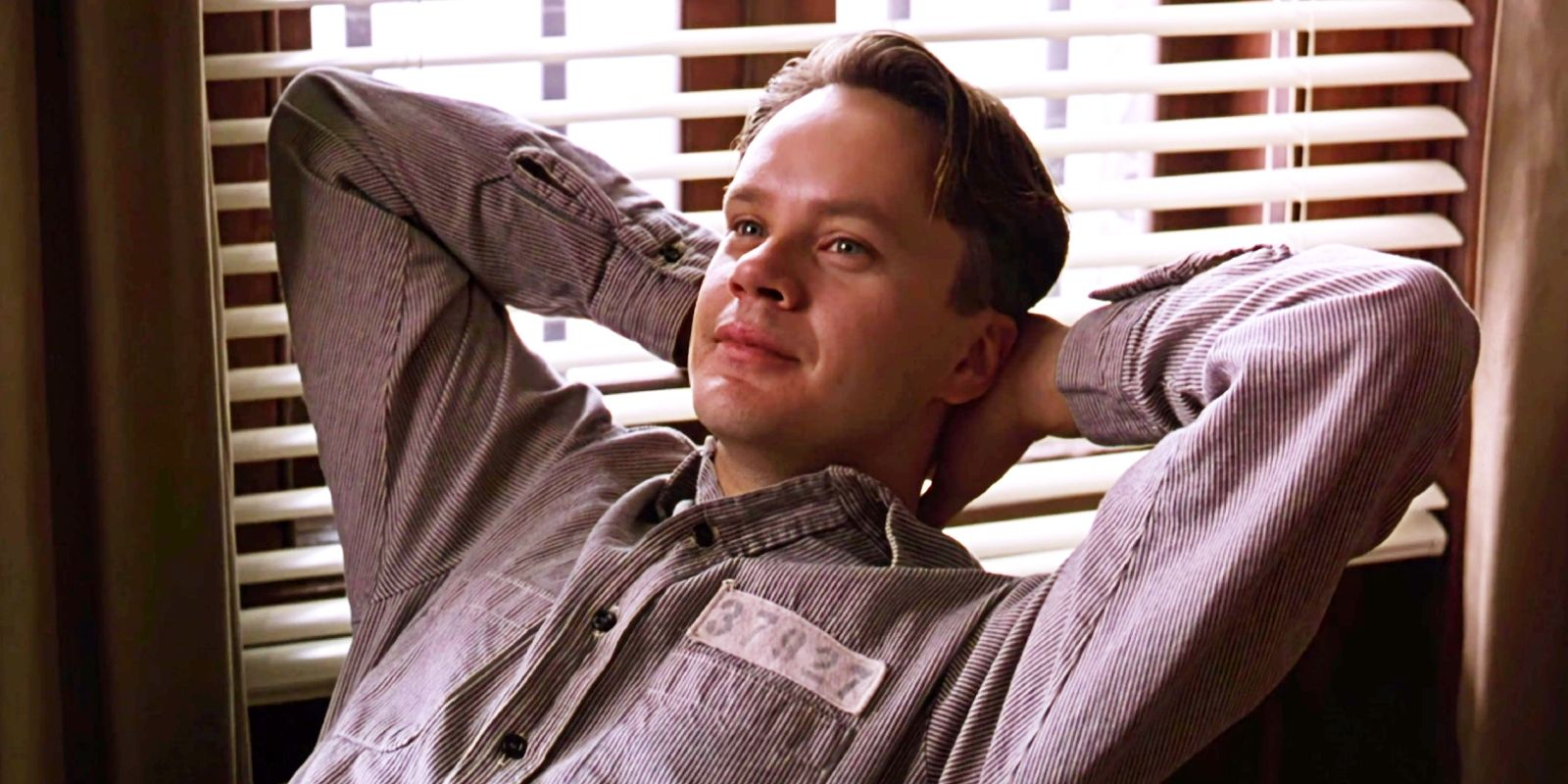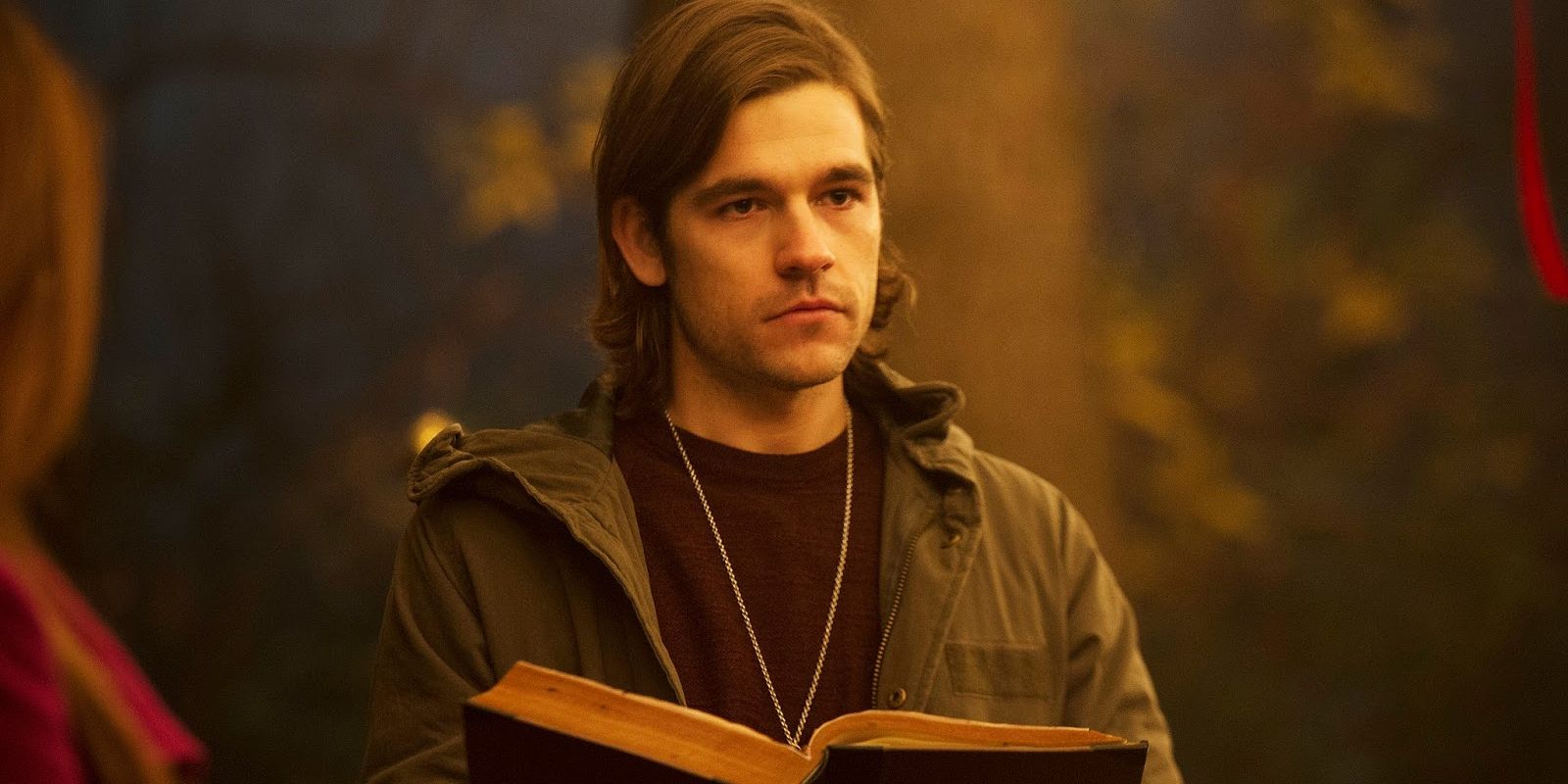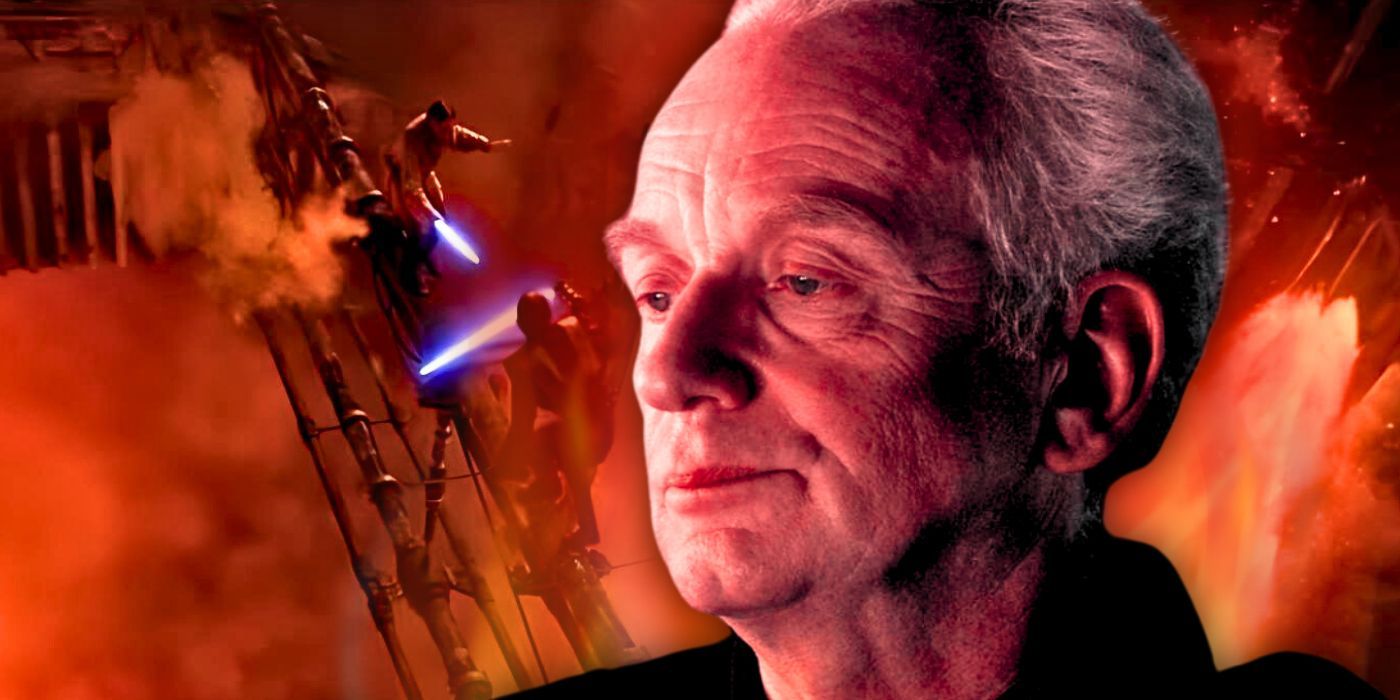The Last House on the Left, the 1972 debut film of horror master Wes Craven, was surrounded by controversy, getting banned in more than one country. Craven, who sadly passed away in 2015, was a true titan in the horror game, having directed two game-changing hits in 1984’s A Nightmare on Elm Street and 1996’s Scream. Both those films revolutionized studio horror at the time, especially when it came to the flagging slasher sub-genre.
Even outside of those triumphs though, Craven’s long career was full of memorable horror films, some that went on to achieve cult status, and others that are still waiting to be reevaluated. Sure, not everything Craven did hit the mark, but even the best directors don’t manage a home run with every swing. Craven was a filmmaker never afraid to take risks, and that stretches all the way back to his legendary first movie, The Last House on the Left.
While few would likely assert that Last House on the Left is a perfect film by any means, it does manage to be very effective, even though its subject matter is definitely not for the faint of heart. In fact, it was that very button-pushing content that made Craven’s debut extremely controversial worldwide.
Why Last House on the Left Was So Controversial
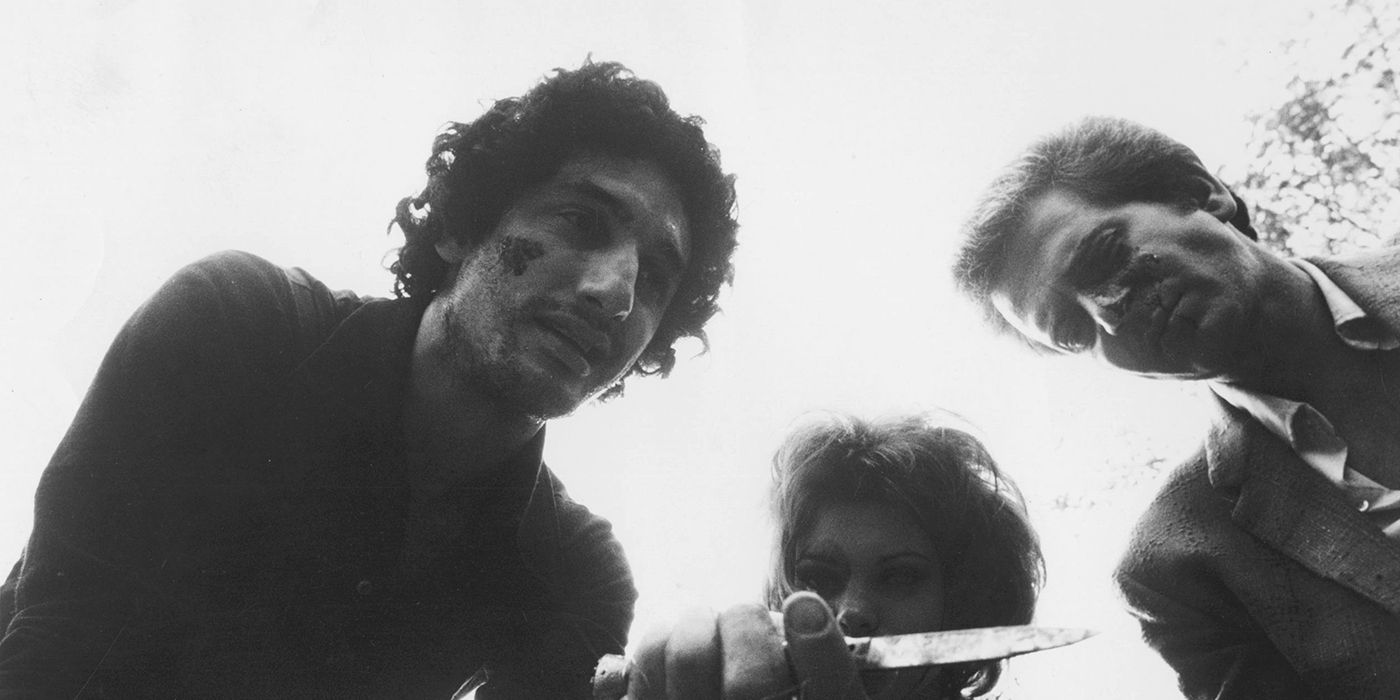
The Last House on the Left is partially based on Ingmar Bergman’s 1960 film The Virgin Spring, and centers on two teenage girls on the way to a concert who end up tortured, beaten, raped, and murdered by a trio of psychotic criminals. Later, the gang heads to a nearby home for temporary shelter, but it turns out to be the home of one of their victims, whose parents exact a horrifically violent revenge. The Last House on the Left is a gritty, intense, unrelenting film, which sported the poster tagline “To avoid fainting, keep repeating: “It’s only a movie, only a movie, only a movie…”. Needless to say, its content didn’t sit well with various movie censorship boards.
While The Last House on the Left successfully received an R-rating in the U.S., there are tales of upset projectionists destroying the film themselves after it screened. Craven’s film was outright banned in the U.K., first from theatrical release, and later making the famed Video Nasties list. It would take all the way until 2008 before the BBFC would finally allow the completely uncut version of Last House on the Left to be released on home video, after decades of battles. The film faced similar circumstances in Australia, not receiving an uncut release of any kind on home video until 2004. While all that was a huge source of frustration for those opposing censorship or wanting to watch the film in their country, at the end of the day, the controversy probably helped overall, as The Last House on the Left remains a somewhat infamous title now, nearly 50 years later.
